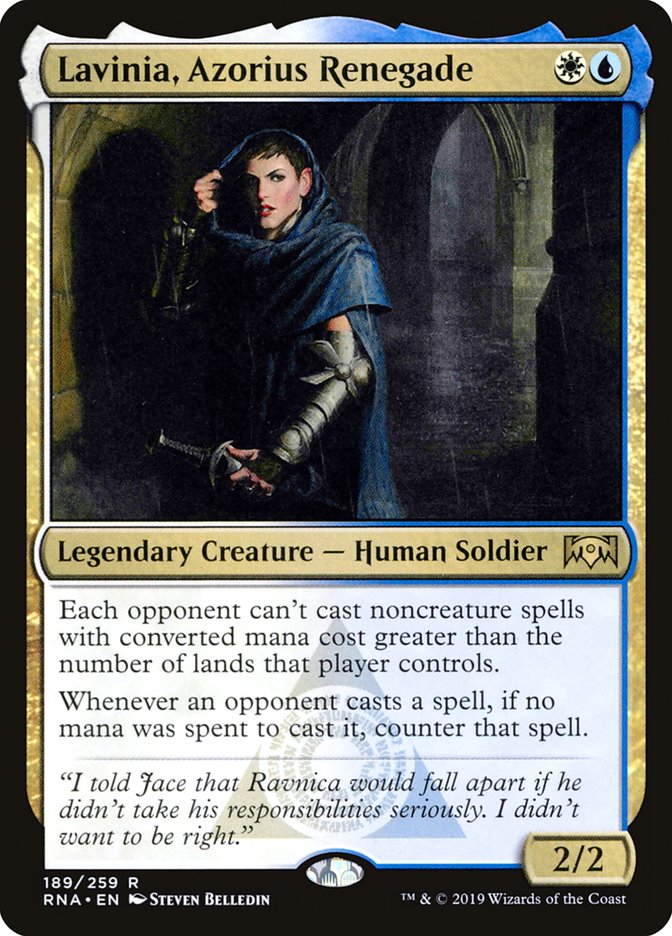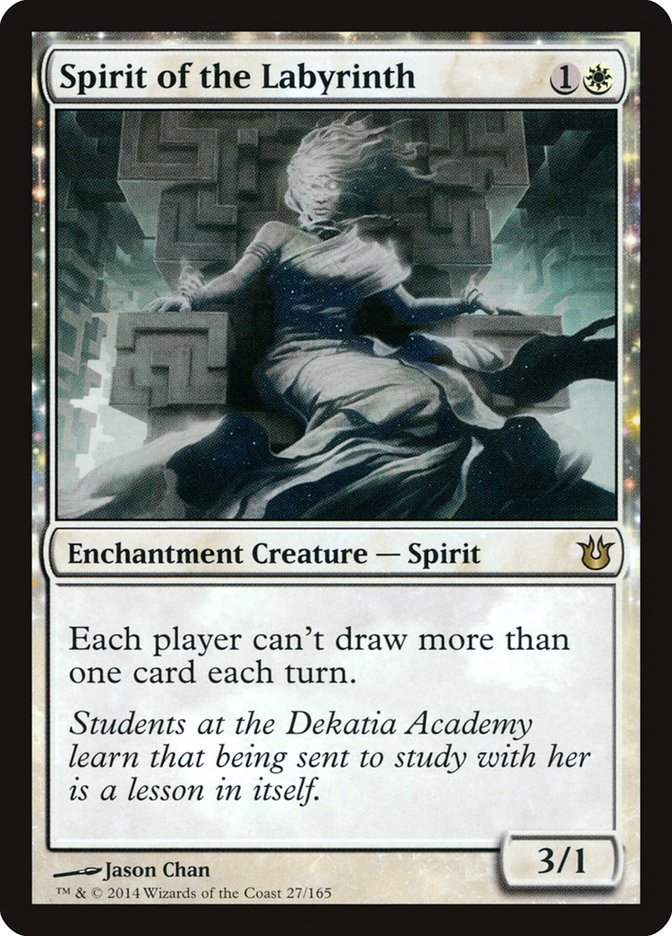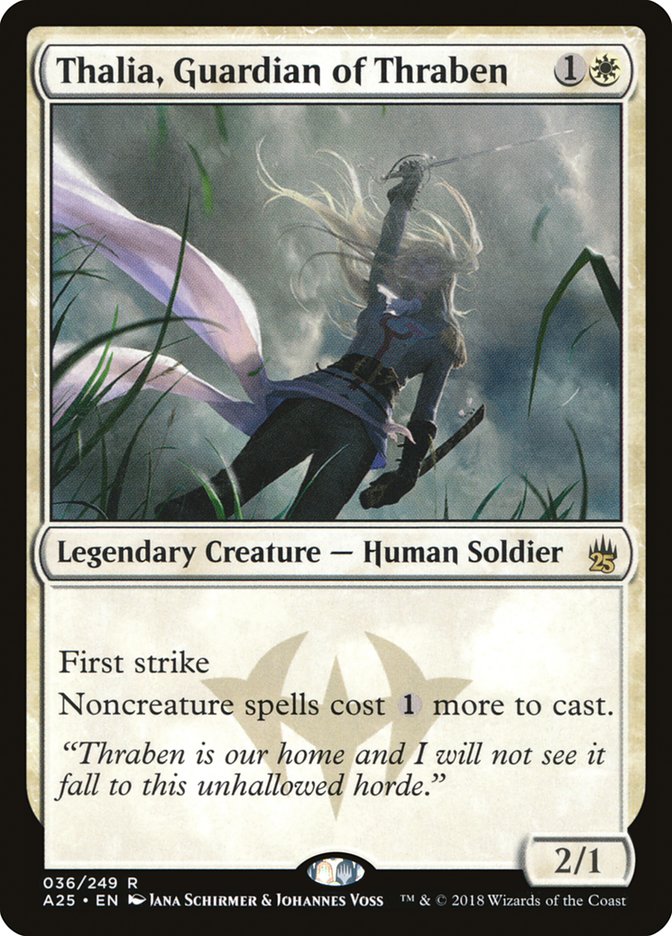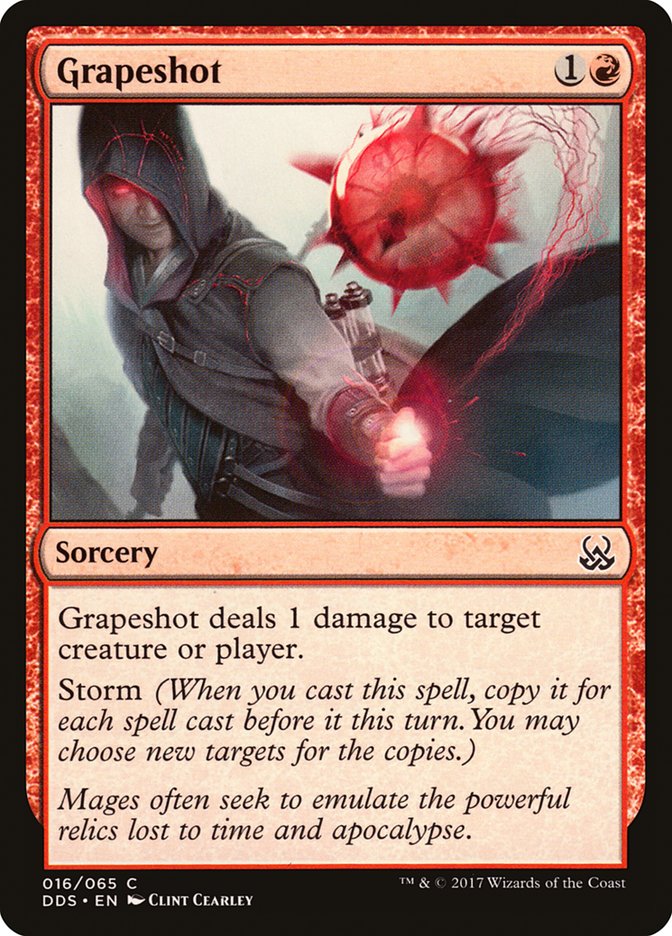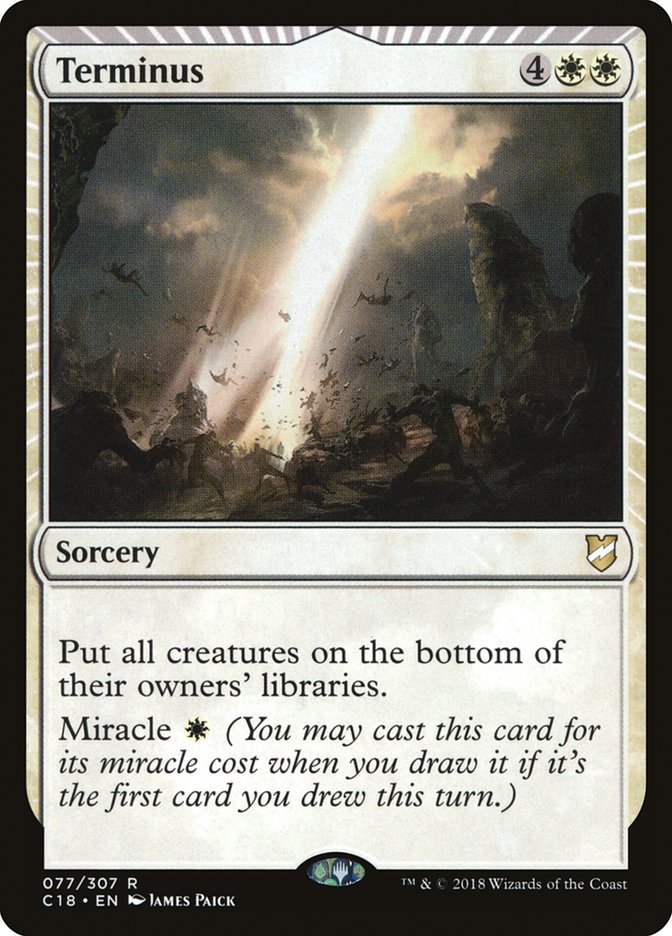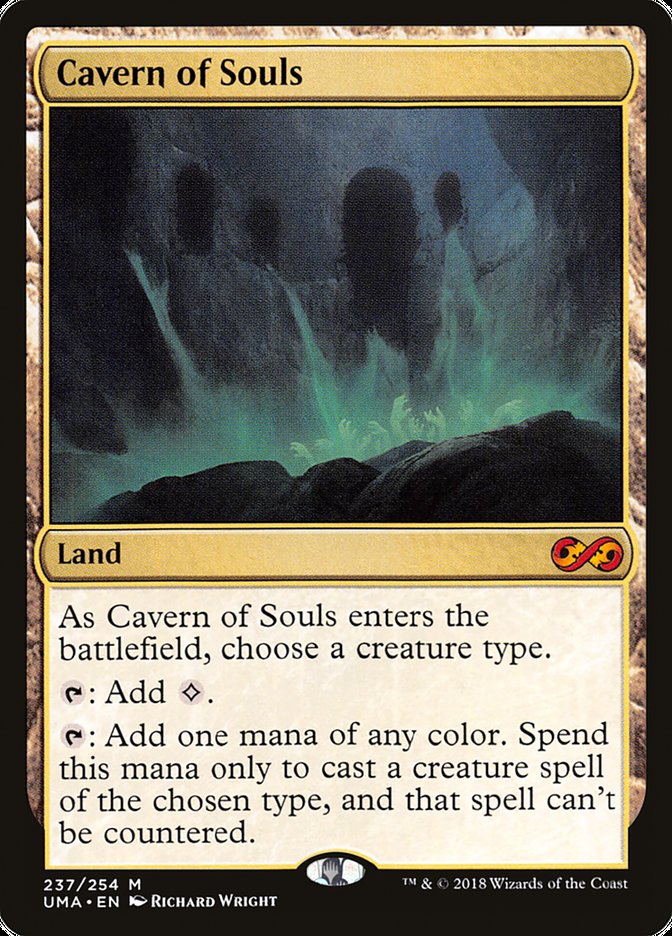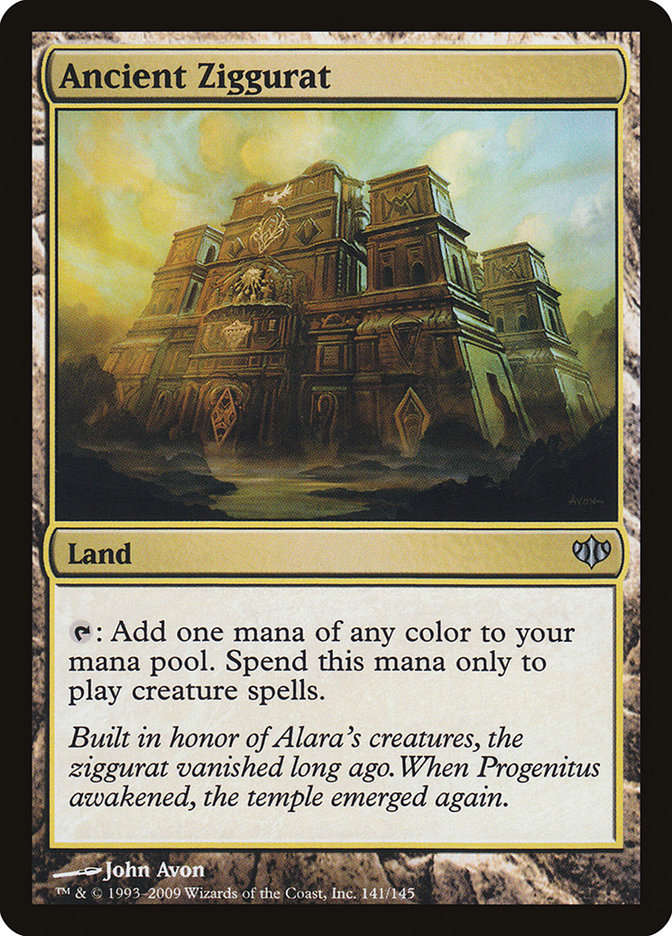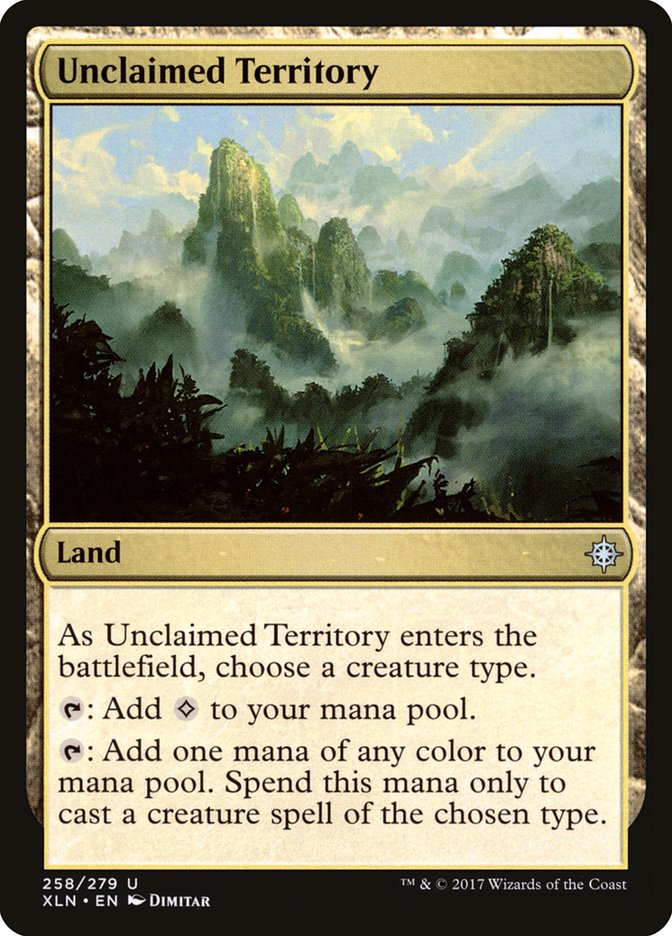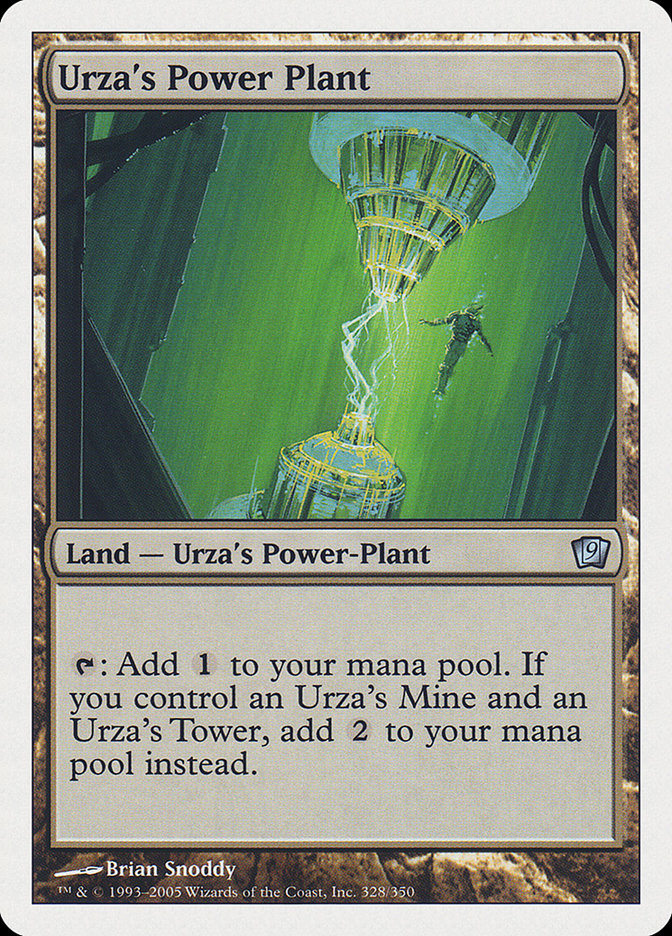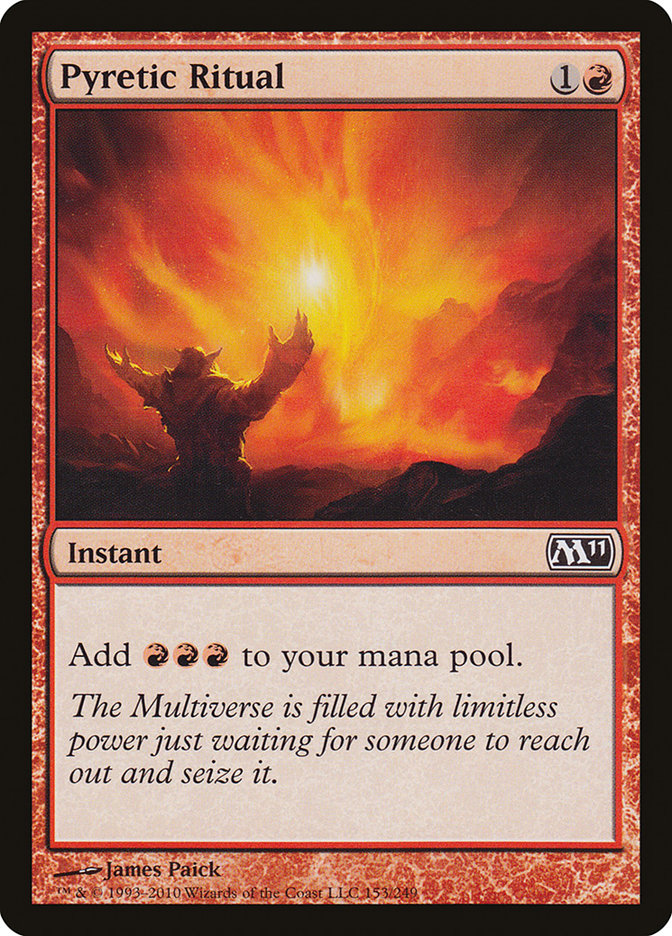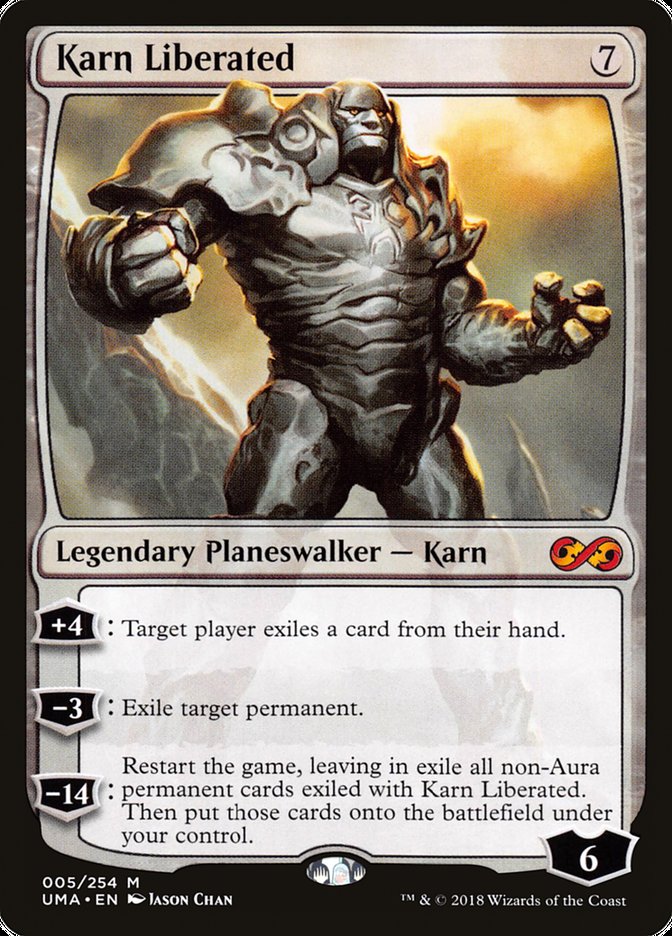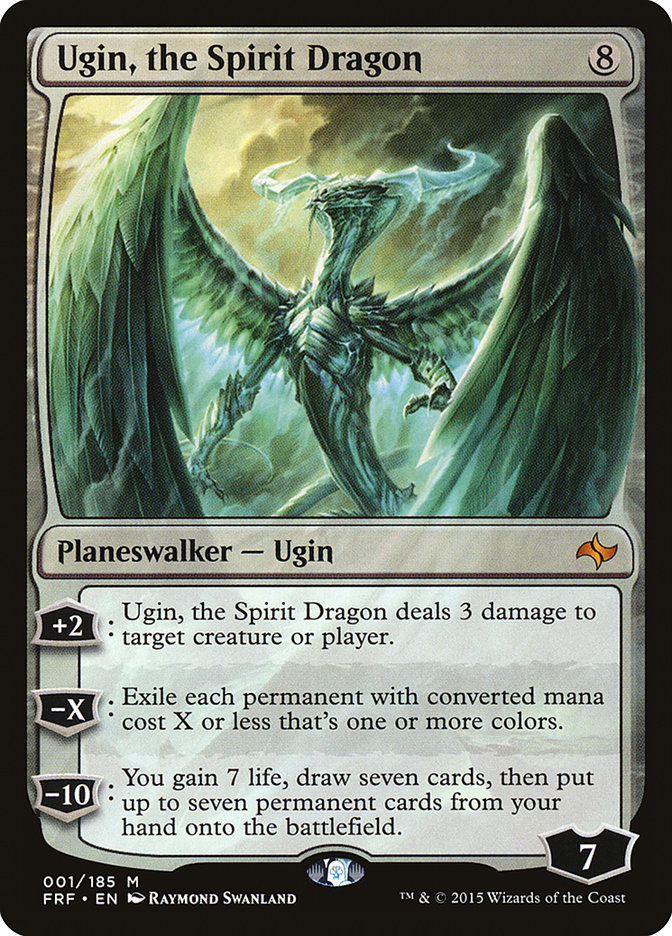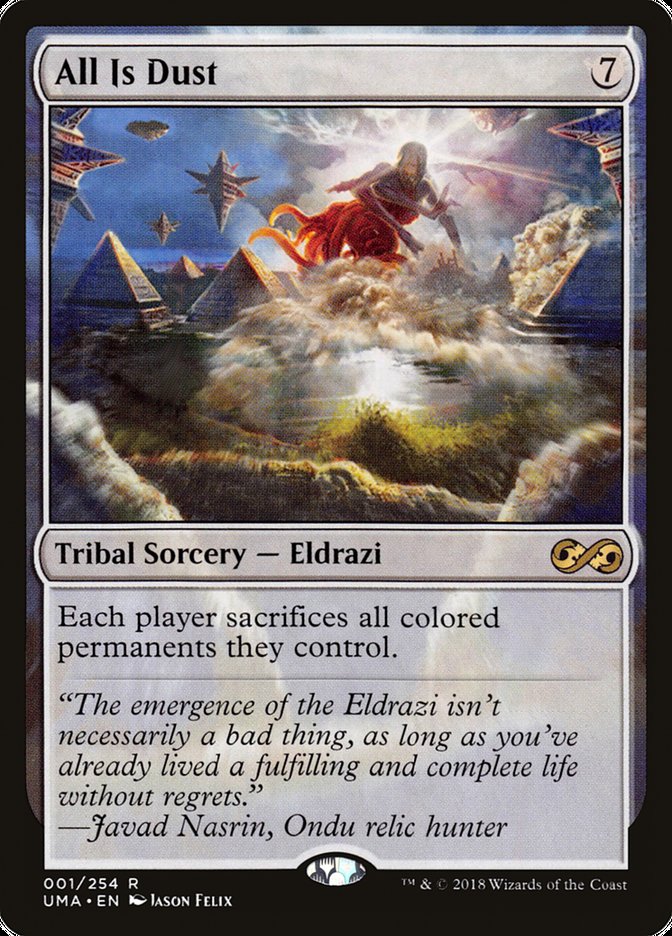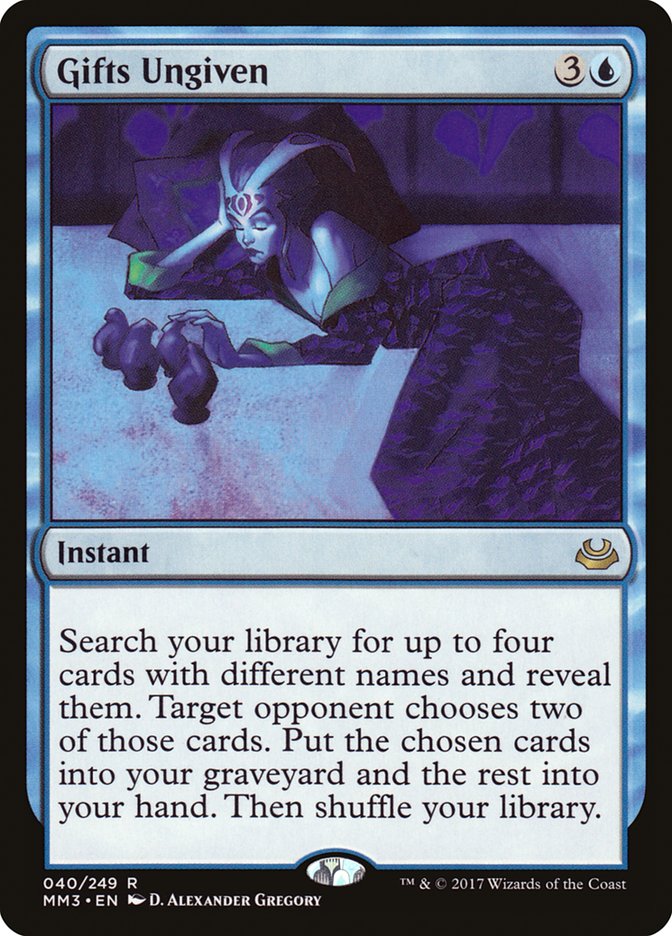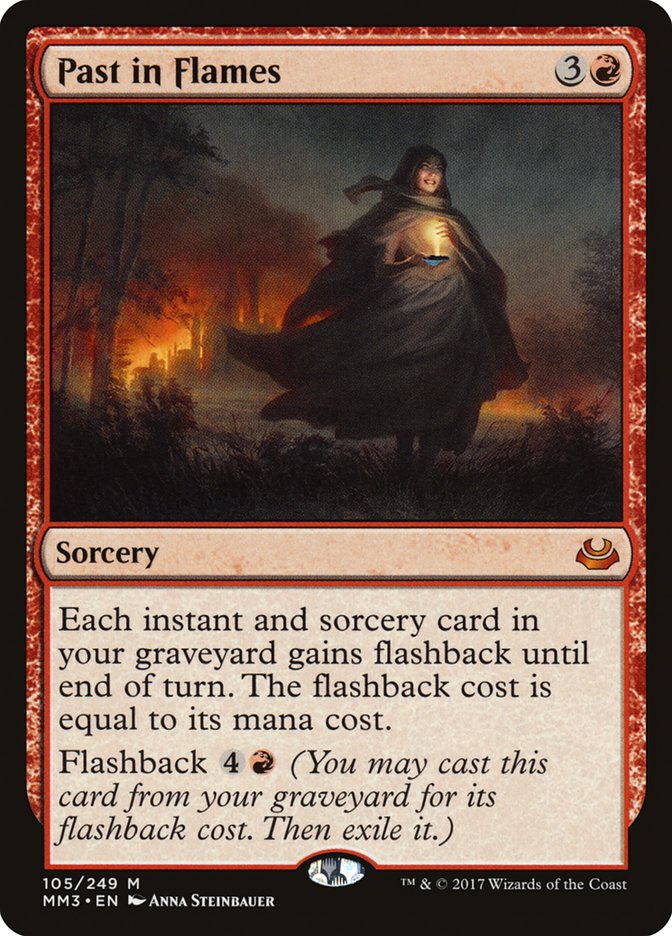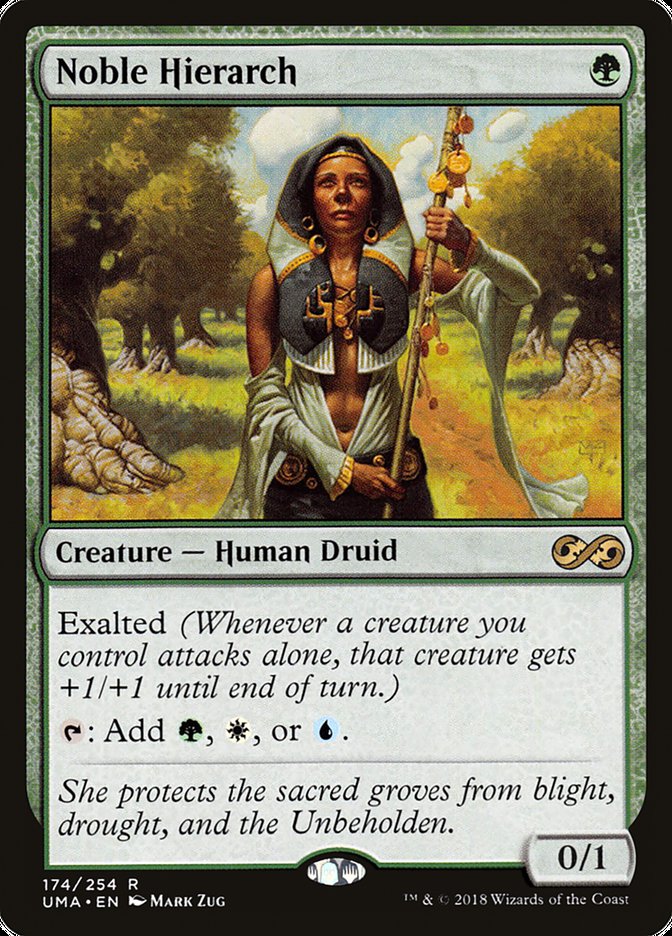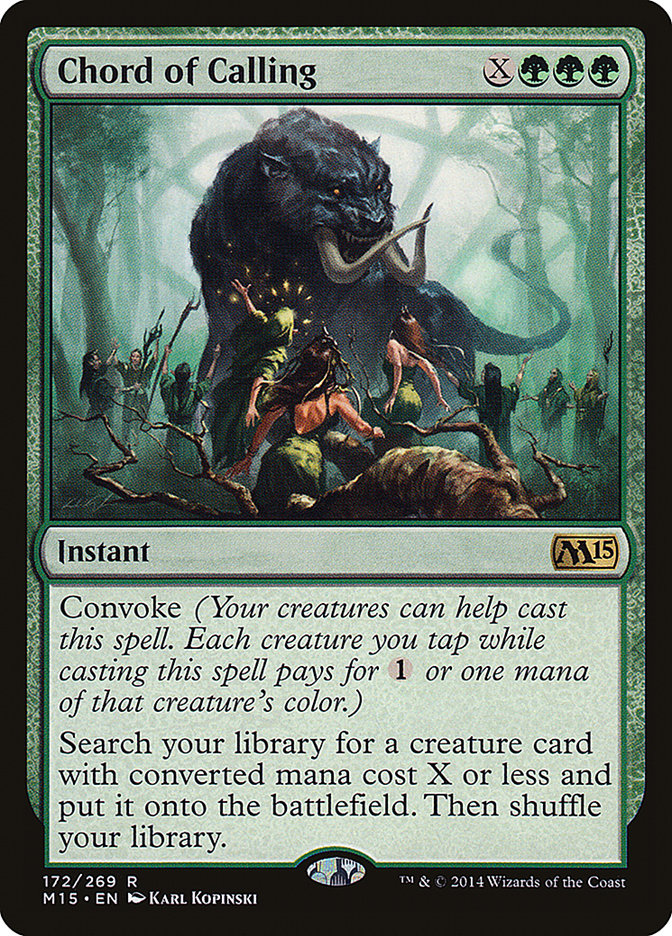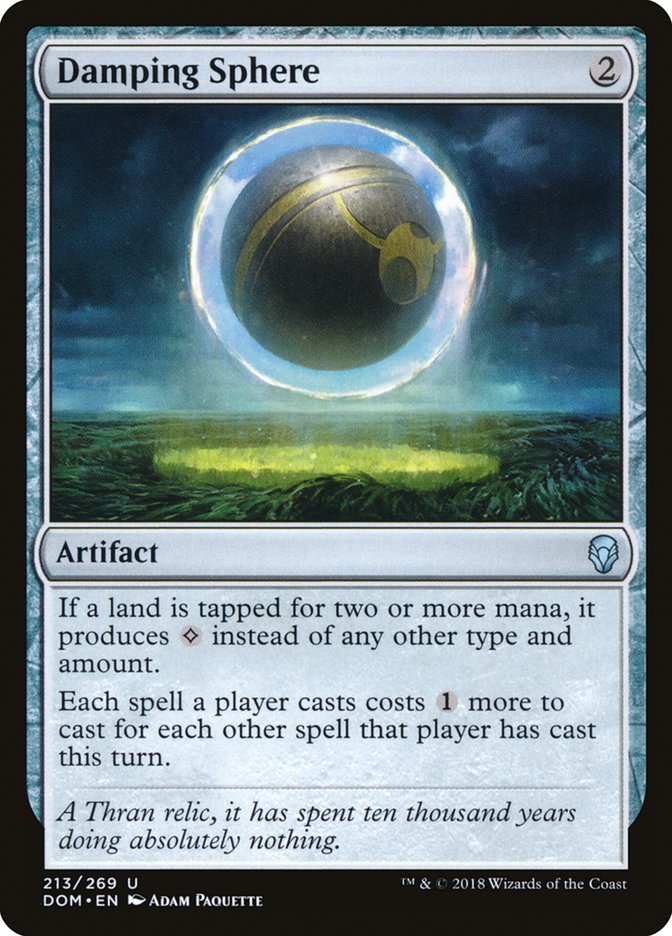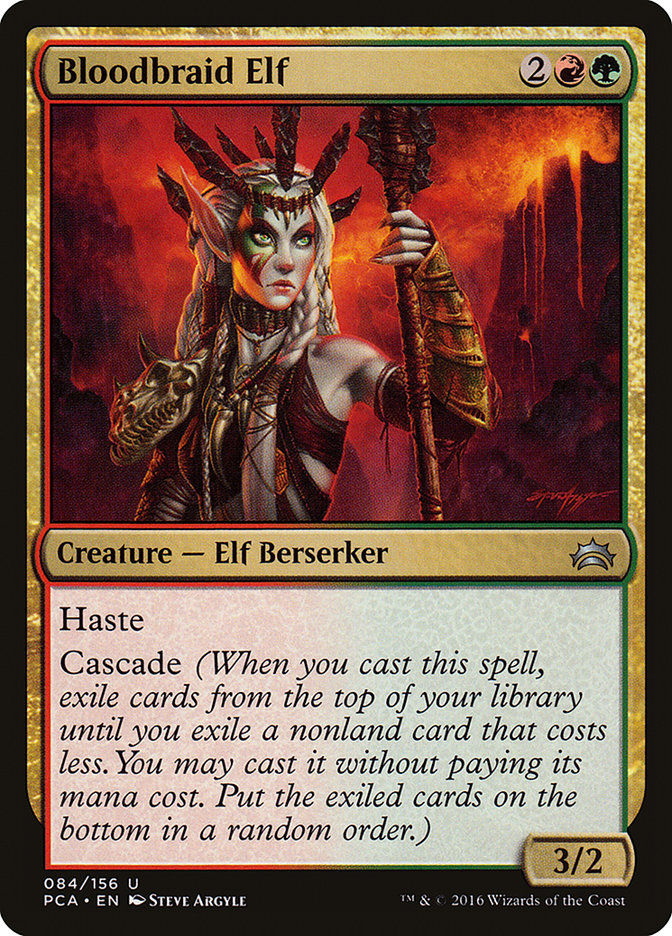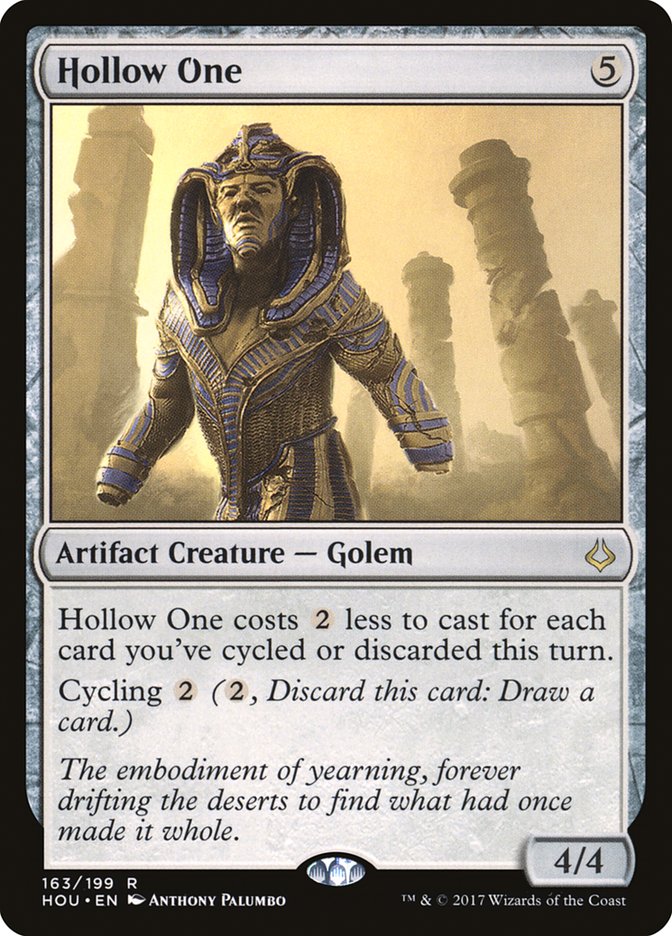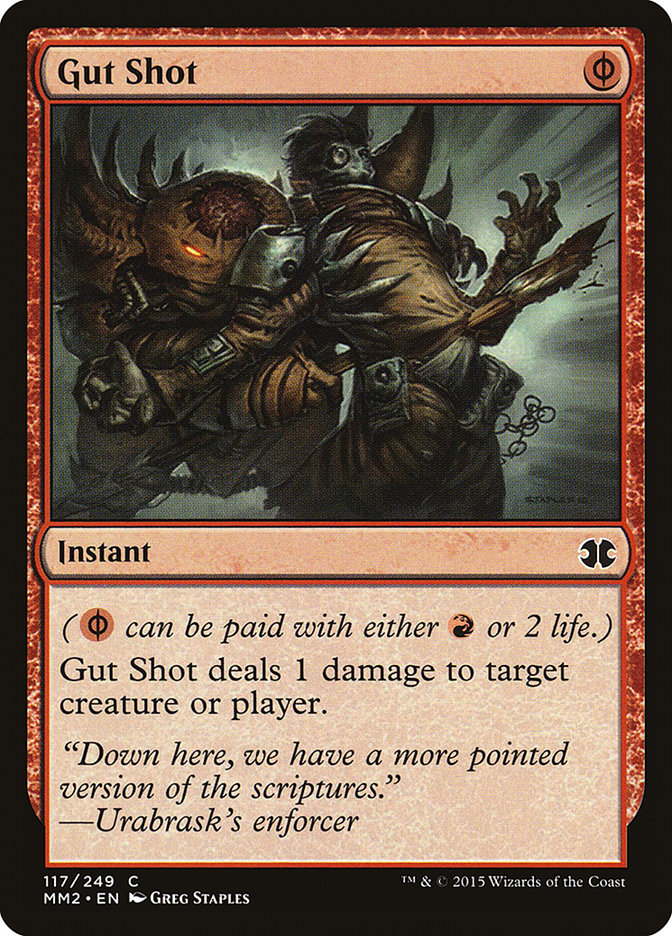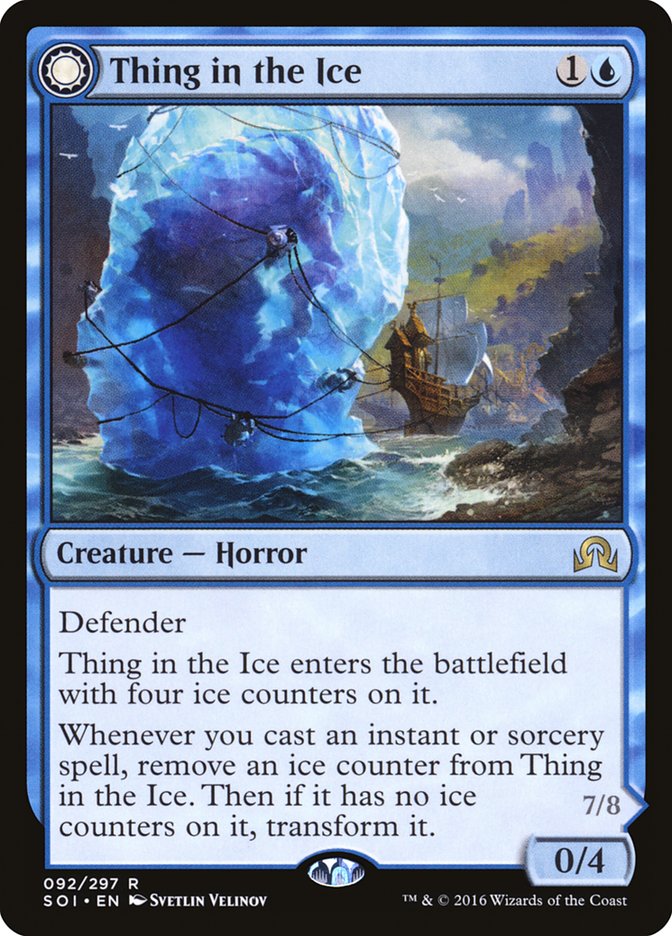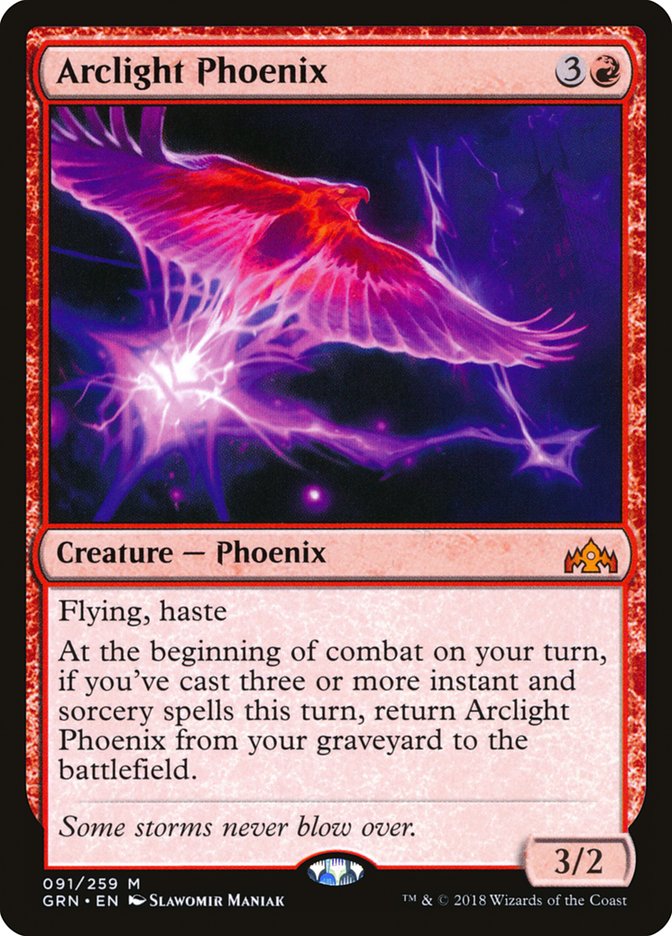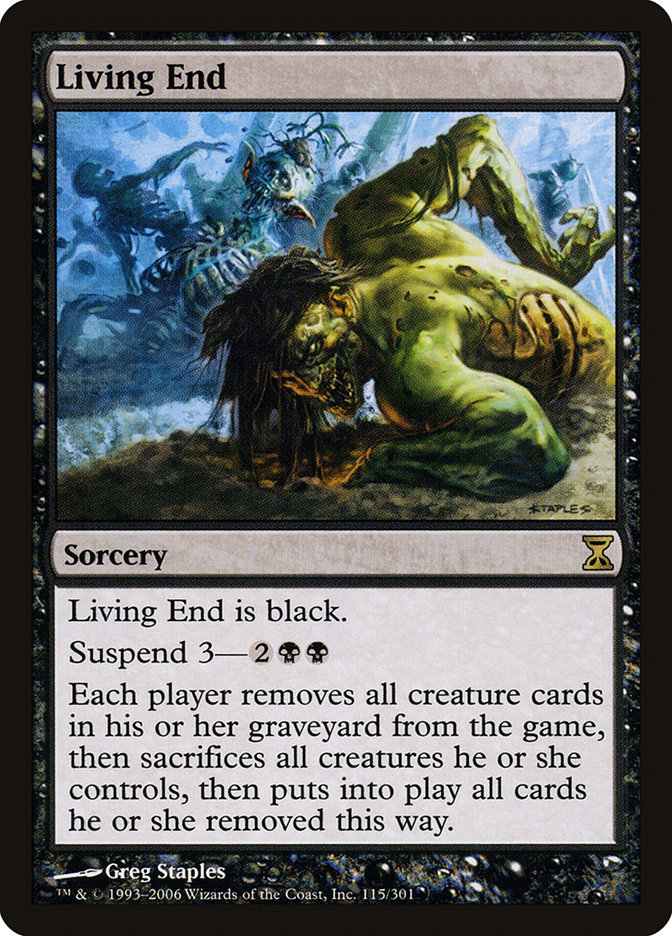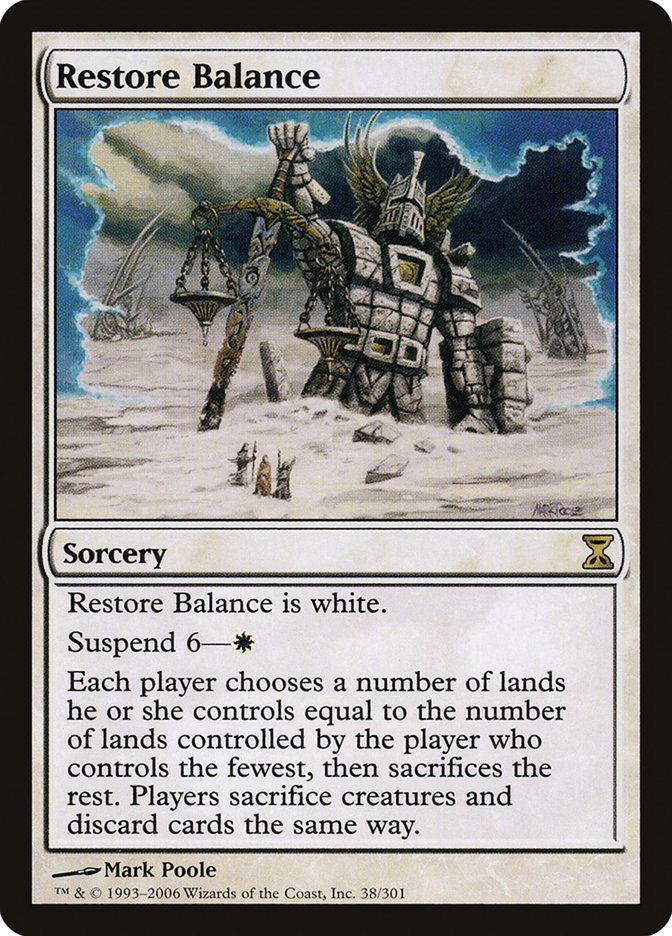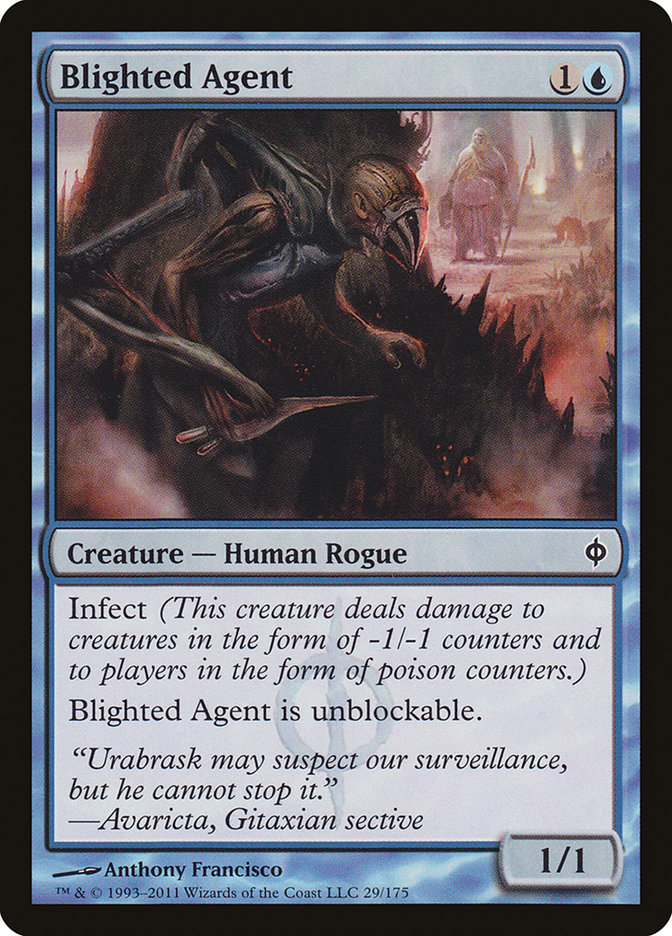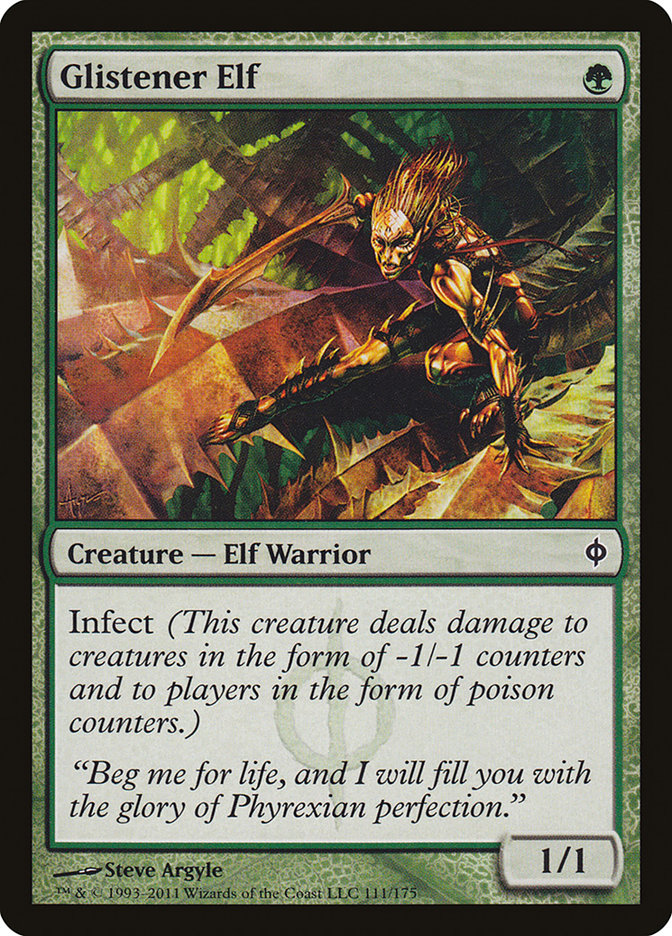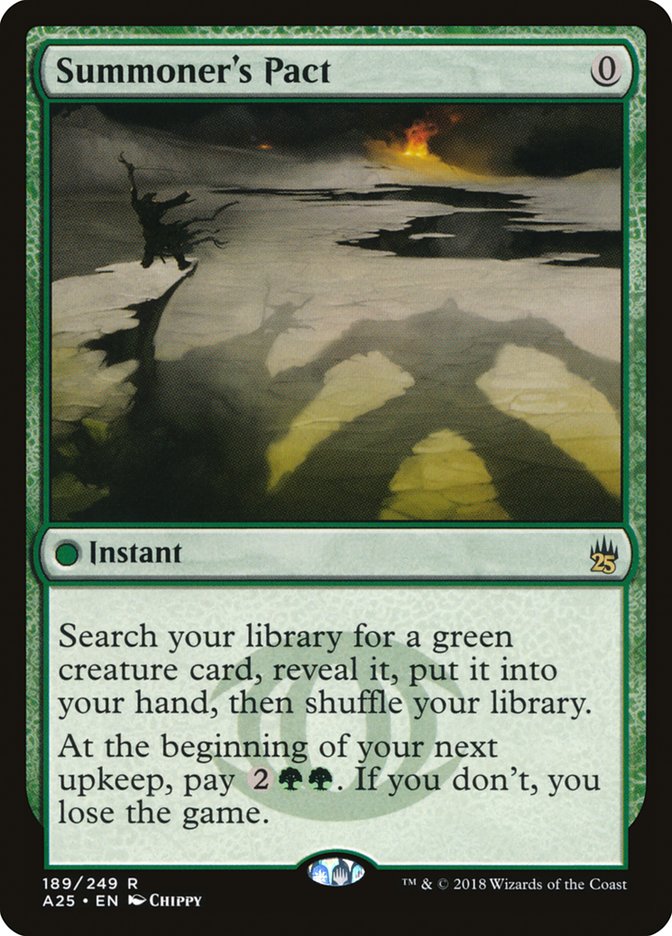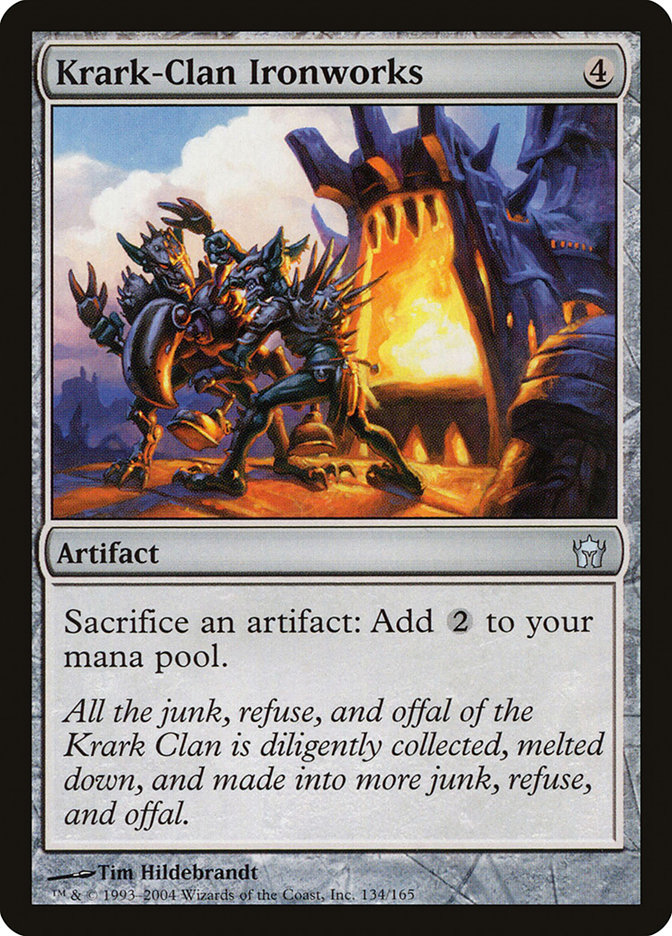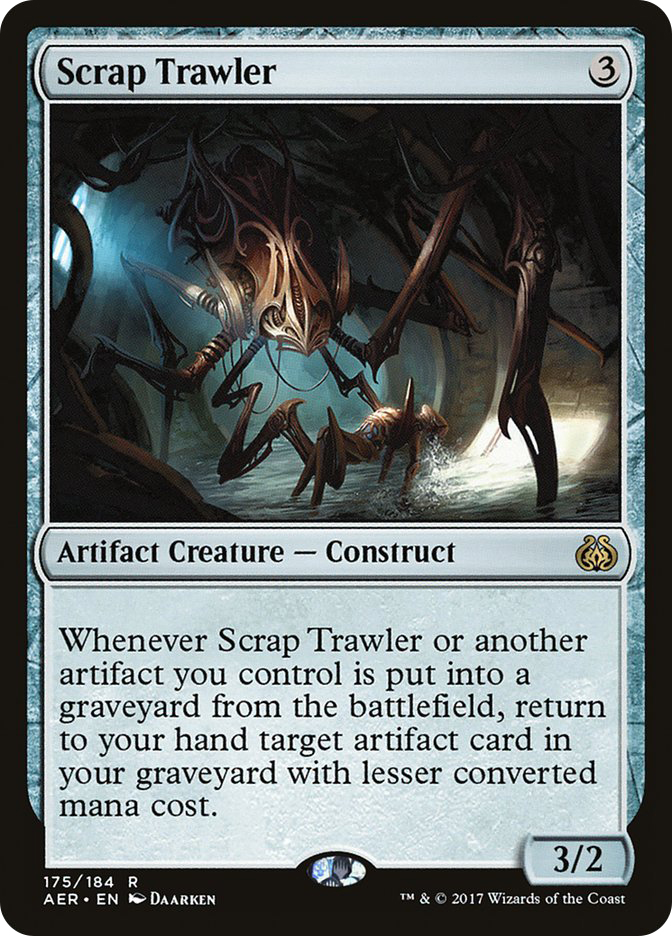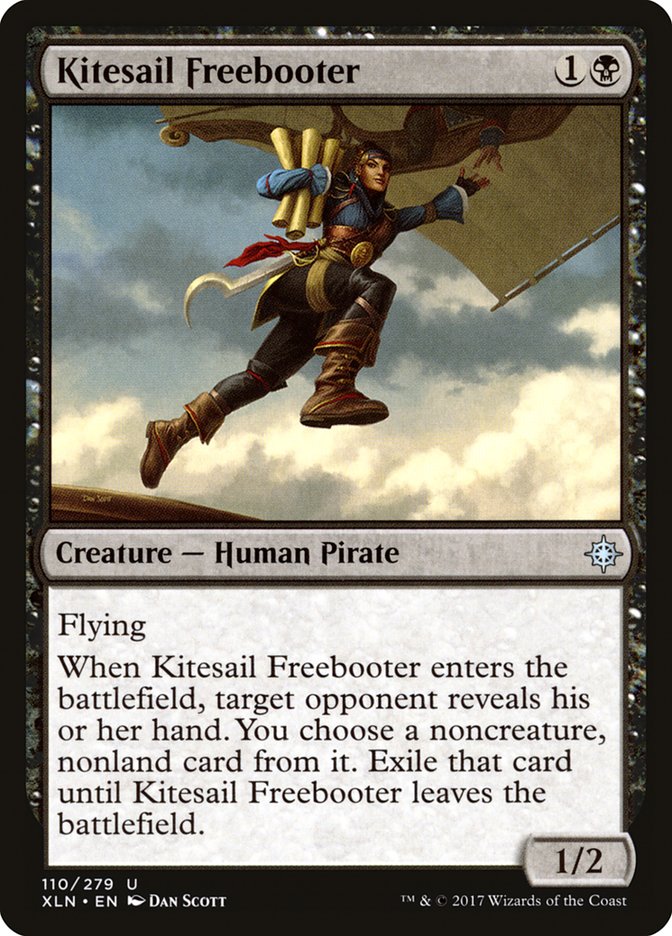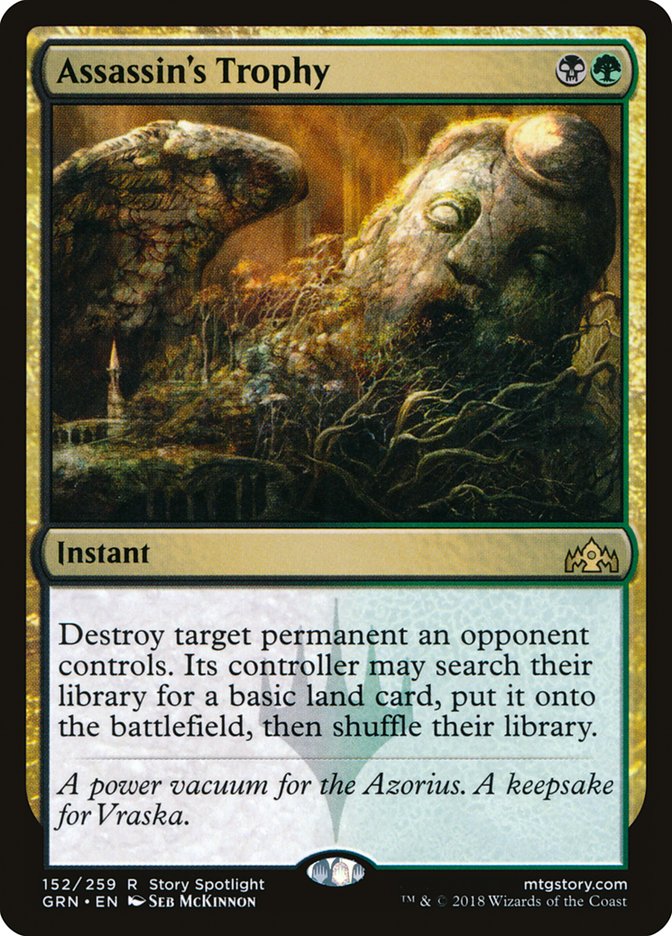It feels like preview season comes earlier each year, doesn’t it? In this
case, it’s so early in the year that it’s actually the end of the year
before. With Ravnica Allegiance on the horizon, cards have already
started to make the rounds on the internet, and one in particular has set
the internet ablaze in the last couple of days:
Even looking past the fact that this card is preposterous in some of the
older Eternal formats (Hel-lo,
Moxen
), there’s a ton of potential for Lavinia in Modern, some fairer than
others. The easiest way to mentally compartmentalize Lavinia is to think of
her as a hatebear, but there are a few steps to actually understanding what
this means
Hatebears
Hatebears are fairly straightforward in title and application. They’re hate
cards stapled onto bears.
When considering the applications of something as a hatebear, the first
step is thinking of what it is the card is actually good at preventing, and
how frequently the card will be preventing those things.
Spirit of the Labyrinth is an example of something that appeared to be a
busted hatebear when it was first printed, but the frequency of situations
that it was good wasn’t high enough to offset the fact that it’s a fairly
squishy body and bad in multiples.
In some older formats, it’s nice to be able to turn off cards like
Brainstorm, but in formats like Modern, cantrips are fairly watered down,
and very few decks are dedicating a ton of time to spinning their wheels
with card draw. The matchups that are? They aren’t exactly doing fair
things or they’re pretty good against creatures.
When factoring these two things together, it’s fairly academic to arrive at
the conclusion that Spirit of the Labyrinth, while having applications,
isn’t going to be good at a frequent enough rate that it’s worth slots in a
deck.
I touched on this a bit a couple of weeks ago when
talking about hate cards
: Being able to come up with applications for a card isn’t worth very much
if those applications are neither effective or frequent. The number of
slots in a deck is finite, and in a format as streamlined as Modern, “It’s
kind of good sometimes” isn’t going to cut it.
Thalia 1.0, on the other hand, is a card that has applications almost
everywhere. There are… a lot of non-creature spells out there. The decks
that she doesn’t hurt are the ones that naturally want to include her-
that’s to say the decks that plan on playing a pile of creatures without
much regard for non-creature spells. A Path to Exile here, an Aether Vial
there, you know the type.
This is a case where we can clearly see something that may not have an
effect that’s as powerful as Spirit of the Labyrinth, but the fact that its
uses are near-universal is something that’s made it the face of hatebear
decks for years.
So, where does Lavinia fall on this spectrum? That’s tough.
Her being harder to cast than her monochromatic counterparts is certainly a
strike against her, but in a format with mana as good as Modern, that
shouldn’t be a huge issue. Especially when you consider the fact that she’s
a Human.
Looking past the “gimme” evaluations, let’s take a deeper look into each of
her abilities:

Okay, so, what is this hurting? What exactly is this affecting? Decks that
have lands that add more than one mana, decks that use non-land cards in
order to generate mana, and decks that use cost reduction mechanics.
The first archetype that most of us are going to leap to is Tron. The deck
abuses its ability to find three specific lands in order to have a
one-two-seven curve, only going up from there. So what does Lavinia
actually prevent the deck from doing?
So far, this is both impressive and unimpressive at the same time. This is
a whole lot of cards that Gaddock Teeg also has the ability to stop, so it
isn’t anything we haven’t seen before. That being said, the fact that we’ve
seen how this effect plays as a result of an uptick in a similar card’s
popularity means that there are uses for the effect.
Lavinia could possibly serve a similar role for Humans against Tron, in an
easier-to-cast package with all the expected tribal synergies that the
Kithkin Advisor was lacking.
Storm is the first deck where Lavinia’s efficacy starts to break down. The
deck does have the ability to go off on the third turn by jamming a Baral,
Chief of Compliance and crossing its fingers, but as long as the deck makes
its first four land drops, Lavinia isn’t going to be doing anything
long-term to prevent the deck from doing its thing.
The Terminus decks are the epitome of the problem with Lavinia’s first
ability. When played against other decks that are doing mostly fair things,
it isn’t really worth playing a card whose sole purpose is forcing people
to play fair.
The hatebears that are the most useful against these styles of decks are
the ones that are creating a more prison-esque effect to make it harder to
play “normal” Magic, rather than the ones in the vein of Lavinia that
punish trying to do abnormal things in a game.
Similar to the Past in Flames conundrum against Storm. Lavinia is simply
buying time. There may be decks with mana accelerants that are using their
creatures to crank out spells that make more creatures, but Lavinia is
going to be fundamentally weak against these decks. She isn’t stopping the
creatures from playing on their own and isn’t preventing the spells from
inevitably being cast.
A common theme in what Lavinia is doing is that she’s simply buying time.
Once players have played enough lands to cast what they were planning to in
the first place, she doesn’t really have a text box anymore. Similar to
Damping Sphere, that means that rather than leaning on her to lock players
out of the game permanently with her first effect, it’s going to be
something that trips opponents for a turn or two while other pressure slams
the door shut.

The big thing that sticks out with this ability is that instead of simply
hitting non-creature spells, it also tags creatures. There aren’t a ton of
ways to cast zero-mana creatures in the format, but there aren’t zero:
Categorically speaking, there are two kinds of decks that are trying to
cast spells without paying mana: fair decks that have some efficient cards,
and decks doing something inherently unfair in terms of how much mana was
invested.
The “fair deck” category is going to include decks that Lavinia is going to
be pretty close to a Grizzly Bears against, but in the cases of cards as
powerful as Ancestral Vision, her inclusion could have some merit.
It’s the different ways that unfair decks are abusing mana that poses the
biggest question for Lavinia.
The Izzet Phoenix deck isn’t a matchup where Lavinia is going to shine.
Stopping a Gut Shot for two mana isn’t exactly impressive, and her text box
doesn’t do much else in the matchup outside of preventing turn 2 Fiery
Tempers.
The Burning Inquiry and Goblin Lore-fueled iteration of the deck, on the
other hand, is a place where Lavinia is going to be a bit better. On top of
the situations with Fiery Temper and Gut Shot, preventing Hollow One from
coming down with anything other than Faithless Looting is a reasonable
enough game that she could be something worth looking into.
The key difference between these two takes on the deck is how many uses
Lavinia has and how much of the game she’ll actually be affecting.
Any of the Living End-esque decks that use cascade to fuel a single payoff
card is going to be a spot where Lavinia is a true hate card. Resolving
Living End through Lavinia is near impossible, and that’s a sweet spot for
a hatebear to be – a prison lock rather than a tempo swing.
In these matchups, Lavinia even has the bonus effect of hurting one of the
removal spells that would normally answer her: Dismember. I’ve parroted the
point a few times that it doesn’t stop everything forever, but the play
patterns she creates are quite nice for any of the creature decks that need
an answer to the my-combo-is-an-instant-speed-Wrath of God.
Why Lavinia?
With any deep dive of a card, there’s the natural “Okay, but what matchups
actually make Lavinia worth playing?” Understanding what she does
isn’t going to answer what makes it worth having her in the deck. Hatebears
are a product of their context, so what decks need to be good for Lavinia,
Azorius Renegade to make the cut?
When I look at Lavinia, I look at an enormous inconvenience. Believe it or
not, that’s actually enough for most creature decks to beat Infect. Modern
Infect’s cards aren’t exactly powerful, and speed is going to be the name
of the game. If Infect can’t threaten lethal with Become Immense or
Mutagenic Growth, the strategy breaks down pretty quickly.
That’s before we consider the fact that the back half of Distortion Strike
is countered by Lavinia, and she does the same thing to Dismember that she
does against the Violent Outburst-cascade decks.
Already explained this one? Can’t just pad my word count? Got it.
As an aside – remember that Thalia, Guardian of Thraben is a bit of a
non-bo in this matchup, as simply casting the Living End for the mana that
Thalia forces its caster to commit is going to slip it through Lavinia’s
second ability.
Understand that Lavinia is rarely winning the game by herself in these
matchups and is mostly buying time. What Lavinia does is harm the
consistency of the decks, while hopefully tagging a stray copy of Search
for Tomorrow or Firespout along the way.
It isn’t the most powerful option in these matchups, but it has just enough
applications to be on the “reasonable to include” side of the line.
One of the Ironworks deck’s newest loops involves casting Spine of Ish-Sah,
and it’s hard to imagine that’s something that’s doable with Lavinia on the
table. On top of that, she does something in this matchup that’s similar to
what she does against Storm decks – she buys time. Rather than cranking out
an Ironworks ahead of schedule via Mox Opal, the combo player is forced to
wait until it’s “reasonable” to make tons of mana, draw their whole deck,
and so on.
The last thing that she does in the matchup is shut off Mox Opal for the
thing that it’s most important for: looping.
Most decks that play Mox Opal are going to be playing it before Lavinia
could hit the battlefield. When she starts to see play in the format, the
number of players that “get got” by not playing their zero-mana cards
before turn 2 is going to dwindle. This means that Lavinia won’t be as
powerful against something like Hardened Scales, but Ironworks must cast
Mox Opal dozens of times during the turn that it’s going off, in order to
net the mana required to play the extra copies of Scrap Trawler and
Krark-Clan Ironworks that are required in order to make infinite mana.
Without the ability to cast Mox Opal or any other zero-mana artifacts, the
Ironworks player is going to need extra recursion pieces to make the mana
necessary to win, or they’re going to need to deal with Lavinia before they
can win.
Lavinia isn’t necessarily going to be the best card in the matchup against
Bant Spirits, but it’s an easy place to slot it in.
The final aspect to consider when looking at hatebears is how easily the
card can be abused with a card’s “drawback.”
Take Spell Queller, for example. The exiling of a spell is nice, but when
it dies, the spell comes right back.
Without paying its mana cost.
One of the strengths of the Humans deck in Modern is that it’s able to
apply pressure while building a proverbial house of cards.
“Kitesail Freebooter exiled their ‘Bolt….
…while Meddling Mage named the Assassin’s Trophy in their hand…”
”
…and Phantasmal Image copied Meddling Mage, naming Kolaghan’s
Command, so my Jund opponent can’t answer any of my creatures!”
The terminology is rooted in the fact that if the Image dies, then
Kolaghan’s Command can knock out the Meddling Mage, which unlocks the
Assassin’s Trophy, and so forth.
Playing Lavinia with Spell Queller creates a similar situation, during
which the opponent actively doesn’t want to kill the Spell Queller before
Lavinia is taken off the battlefield because they won’t get their spell
back.
Forcing these kinds of situations is the easiest way to take a hatebear
from fringe playable up to a format staple, and the player that finds the
best way to abuse something that plays so naturally against a format that
is
defined by its ability to cheat on mana
is going to have a successful season ahead of them.


